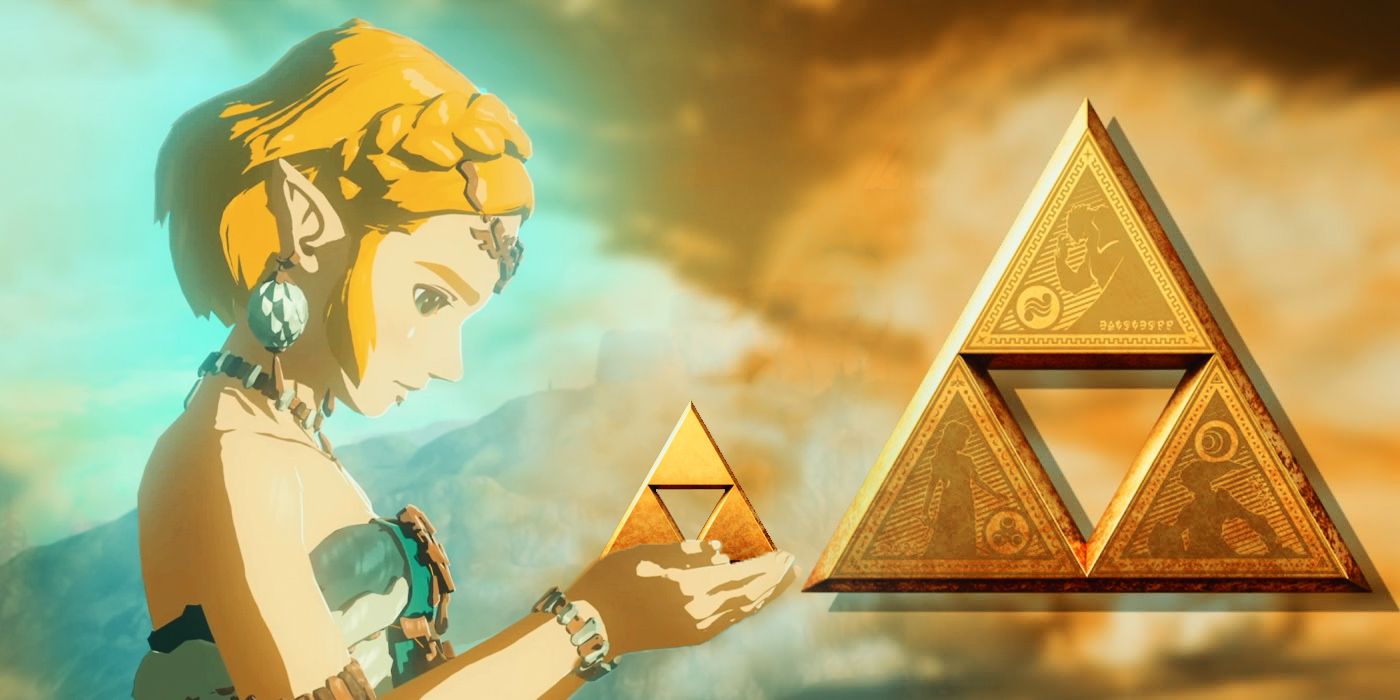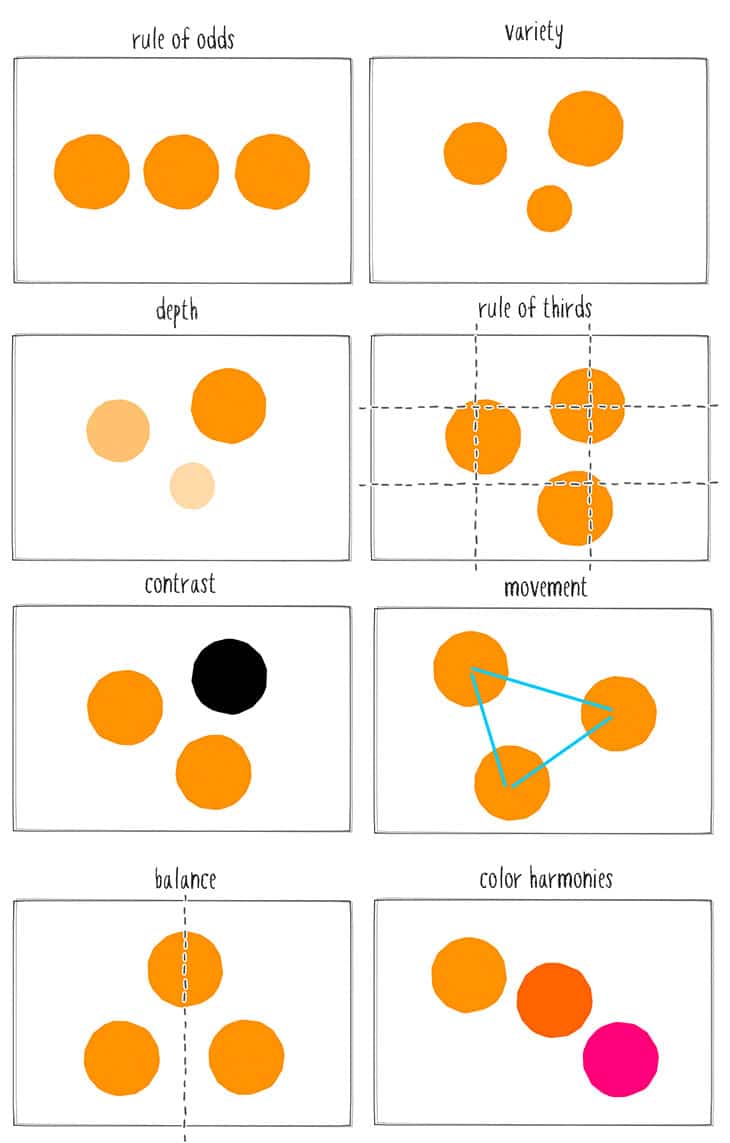Humdinger
Member
Random question: why does everything in gaming always (or almost always) come in threes? Three jewels to complete the puzzle. Three stages to the boss fight. Three crystals to configure the magic gem that unlocks the special whatsis. And so forth.
Why? Because of tradition? Religious significance? Symmetry? Because 2 is too few and 4 is too many? Because everyone likes a prime number? Why always three?

Why? Because of tradition? Religious significance? Symmetry? Because 2 is too few and 4 is too many? Because everyone likes a prime number? Why always three?

Last edited:













